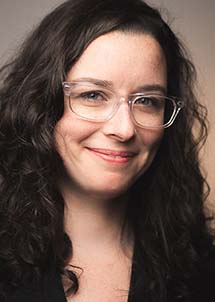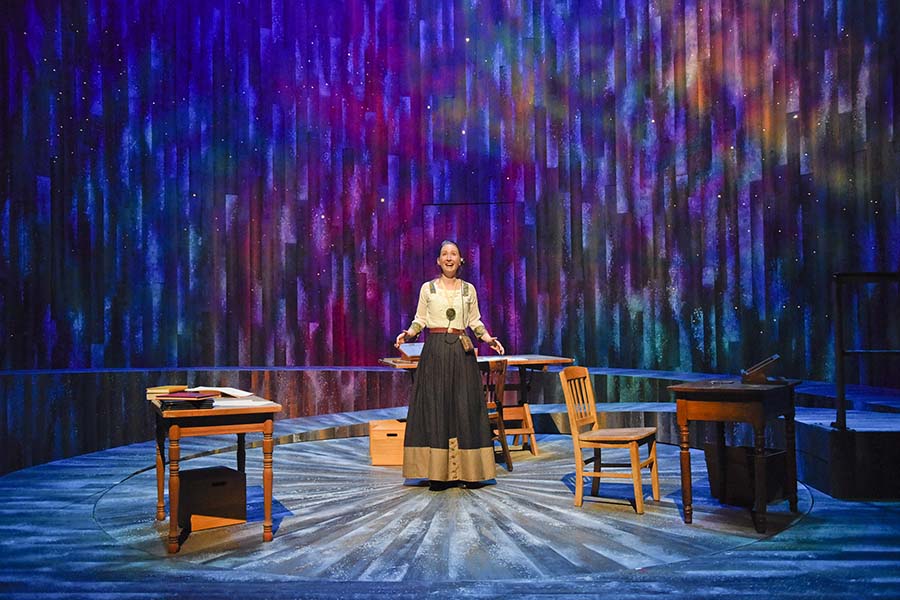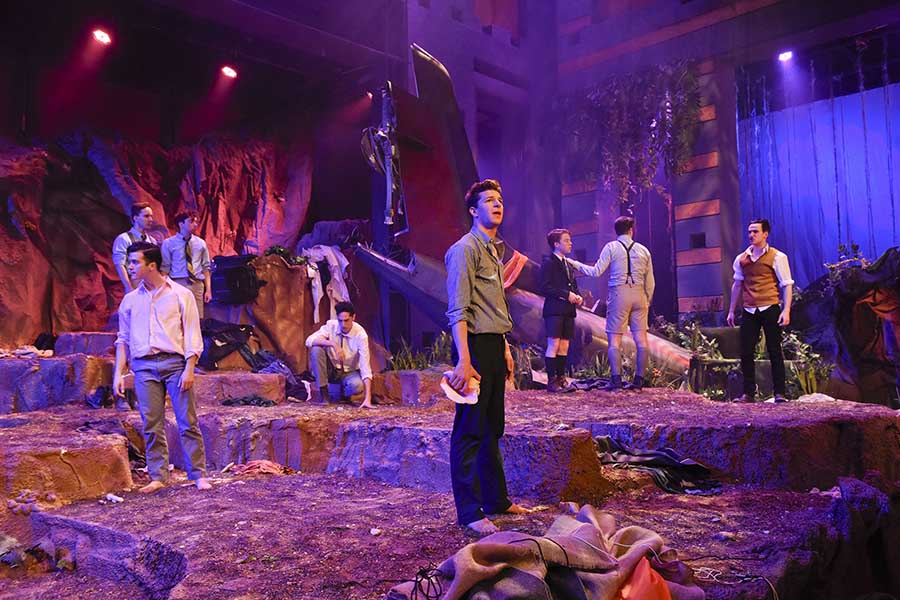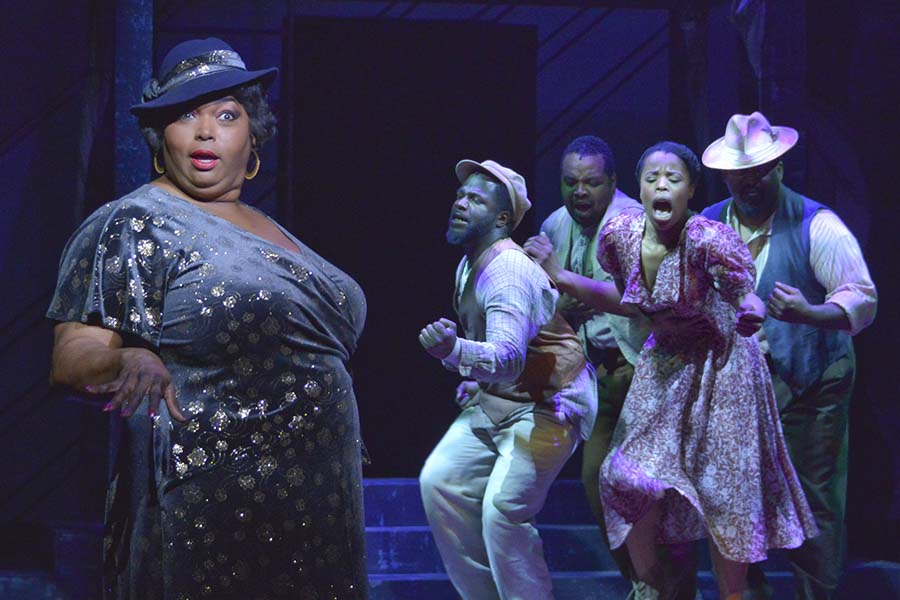ADDISON, TEXAS: Approximately 15 miles north of Dallas is Addison, home to the Cavanaugh Flight Museum and annual events in Addison Circle Park, including the Kaboom Town! fireworks show and the Fork & Cork Food Festival. Located on the park is another entertainment attraction: WaterTower Theatre. The building’s facade, as you might have guessed, boasts a tall water tower displaying the city’s name. The theatre produces six mainstage productions a year in addition to its Out of the Loop Fringe Festival for new works. American Theatre caught up with the new artistic director Joanie Schultz via email to learn more about the theatre.

Who founded WaterTower Theatre, when, and why?
WaterTower Theatre was actually born from a local community theatre called the Addison Players or Addison Community Theatre (ACT). When the Addison Theatre and Conference Center was built adjacent to the ACT performance space in the early ’90s, the company, now known as WaterTower Theatre, moved into the new theatre and transitioned into a professional company by 1996. The Addison Players date back to 1970s.
Tell us about yourself and your connection to WTT.
I’m the new artistic director of WaterTower Theatre. I took the reins on Jan. 1, and am moving here from Chicago, Ill., where I’ve been a freelance director, teacher, and most recently completed a TCG Leadership U Fellowship working with Chay Yew as associate artistic producer of Victory Gardens Theater.
I’m in the midst of a lot of exciting new developments at WaterTower, as we shift our focus toward creating empathy, building community, and creating dialogue with innovative, engaging theatre that speaks to our contemporary moment. This coming season we will be doing new and contemporary work and using our theatre in ways it’s never been used before. It’s an exciting time to be in the Dallas-Fort Worth area and at WaterTower Theatre in particular.
What sets your theatre apart from others in your region?
By budget size, we are the fifth largest professional theatre company in North Texas, and by house size, we fall somewhere in the middle compared to other theatres in our region. One thing that sets WaterTower Theatre apart from other theatres in North Texas is our staff. We are immensely proud of the fact that 90 percent of our full-time administrative staff are also working artists in the community. From opera singers, puppeteers, actors, designers, and photographers, our professional staff brings a unique artistic perspective to our management, and a unique professional perspective to our artistic programming.

Who is your audience?
Our audience is drawn from all of North Texas. For the most part, our audience is made up of typical of theatregoers (according to national trends and research data). Part of my charge as the new artistic director is to create work that attracts a younger and more diverse audience, which is a great opportunity. Addison is the entertainment center of the North Dallas suburbs, and as many corporations are relocating their headquarters to our area, we have a great opportunity to bring in lots of young professionals.
Tell us about your favorite theatre institution other than your own, and why you admire it.
There are countless theatres that I admire all over the world. But fresh in my mind is Cleveland Play House (CPH). I was lucky enough to direct there this fall, and I so admire the way Laura Kepley is running that theatre. She’s incredibly thoughtful about what the vision and mission of her theatre means and how it’s expressed in every facet of that organization. It’s one of the most supportive places I’ve ever worked. The theatre company is also a game changer in their community with its extraordinary education program. CPH is also programming some really interesting plays and developing new work that is innovative and exciting. They are a great model of an outstanding LORT theatre.

How do you pick the plays you put on your stage?
Right now, that’s a great question. This year, I am working closely with staff members to create a season that reflects our new mission and vision. Unfortunately, I am having to set my season with less than two months to work on it. I’m looking forward to developing a system in years to come that can include more of my stakeholders and a year of thoughtful consideration.
What’s your annual budget, and how many artists do you employ each season?We had a $1.7 million annual budget for the 2016 fiscal year. Last year we employed 228 local actors, designers, etc. We have 12 full-time staff members.
What show are you working on now? Anything else in your season that you’re especially looking forward to?
We are gearing up for our next show The Gospel According to Thomas Jefferson, Charles Dickens, and Count Leo Tolstoy: Discord, which will be directed by Emily Scott Banks, who did an outstanding job directing The Big Meal for us last year. Also we are just announcing my first show at WaterTower Theatre, which will be Hit the Wall by Ike Holter this summer. I’m super excited about doing this play now—a groundbreaking and provocative hit about the Stonewall riots, featuring a diverse cast of 10 actors and a rock band. I think it’s exactly what the world needs to see right now.

Strangest or funniest thing you’ve ever seen (or put) on your stage?
Because I’m new here I had to ask around and the staff told me: We have achieved some pretty great effects over the years. For Lord of the Flies we salvaged an actual full-size airplane from an aviation graveyard and built the set around the wreckage. And for Take Me Out in 2006, we built functioning showers with running water onstage.
What are you doing when you’re not doing theatre?
Right now I’m house shopping. And then I suppose I’ll be working on my house a lot. I also love to travel. My husband is a classical musician and is Canadian-Italian, so we get to go to fun places often for family visits and work. I’m obsessed with German theatre, and love going to Berlin to watch plays.
What does theatre—not just your theatre, but the American or world theatre—look like in, say, 20 years?
I think the most amazing thing about theatre is that it is essentially primitive and innovative at the same time. The most human art form (humans watching other humans tell stories) is one that expands and changes in form somewhat, but it’s always the most elementally theatrical productions that astound and delight audiences, even with all of the new technology in the world. I believe that theatre is an essential tool in helping us navigate the globalized world by introducing us to the stories of others in the safe environment of the theatre. I think that won’t change, and actually that the theatres of each region will become more and more important in the next 20 years, as people will need places to be in contact with humanity.


